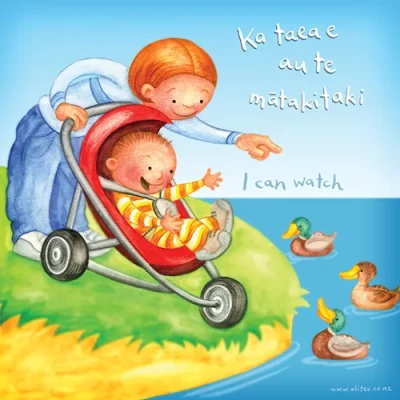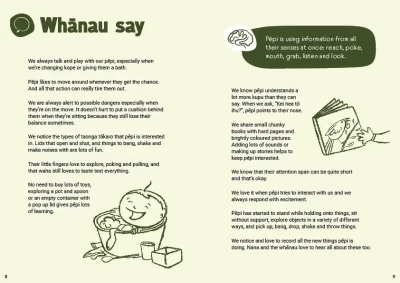
Shared attention
Sharing attention is when parents show things to baby and talk with them about it. It's important learning for baby and it deepens their relationship with parents as well.
Conversation ideas
Ask whānau:
Baby’s busy brain
Breaking down all the different ways a baby explores highlights how busy their little brain is.
Explain to whānau that baby is looking, reaching, grasping, holding, examining, turning, changing things from hand to hand, mouthing, shaking things and dropping things. And they’ll repeat those actions over and over, which is strengthening the connections in their brains.
- What could you say and do to let baby know you think it’s interesting too?
When parents show baby that they’re interested too – by smiling, nodding, looking surprised, commenting or describing what they see baby focusing on – they’re providing a rich learning experience through this shared attention. Baby will enjoy it, and the relationship between baby and parents is also being strengthened.
What are some other ways you and baby could share attention?
Try an activity
In and out of containers
This activity provides an opportunity for baby and whānau to share attention using everyday items such as containers and small objects or toys around the house.













